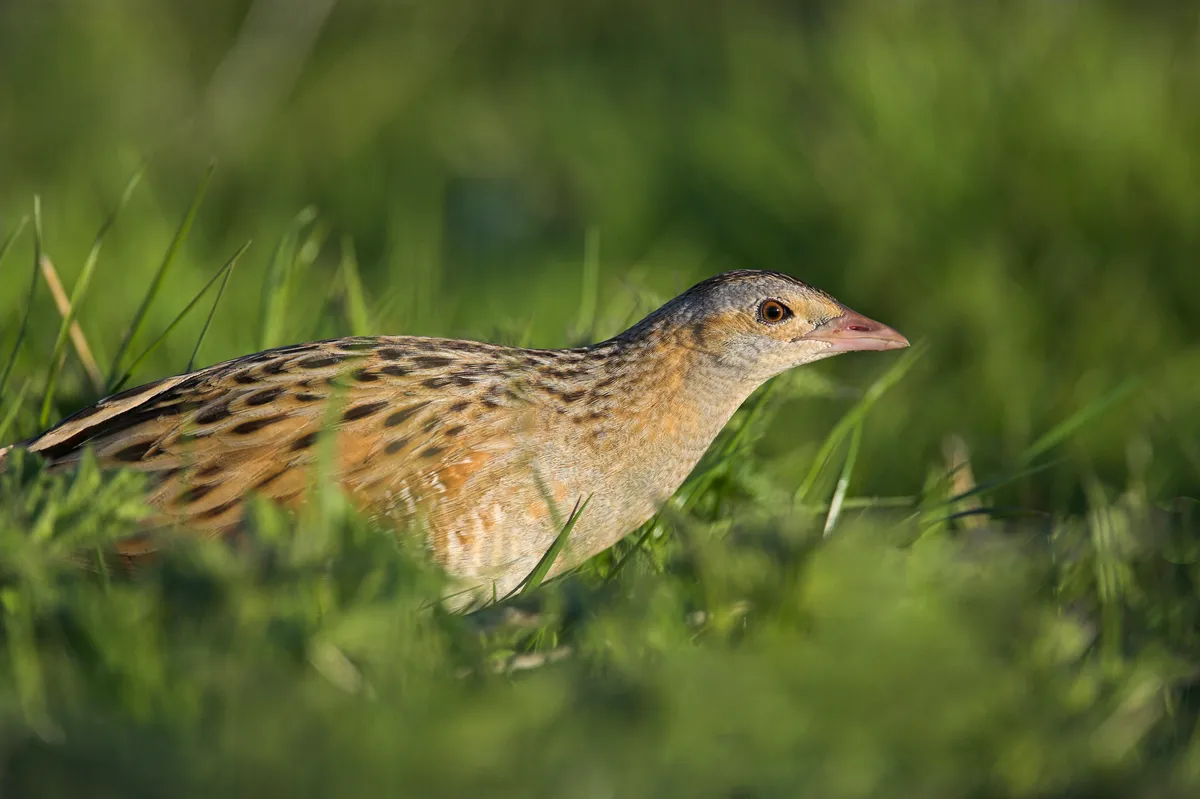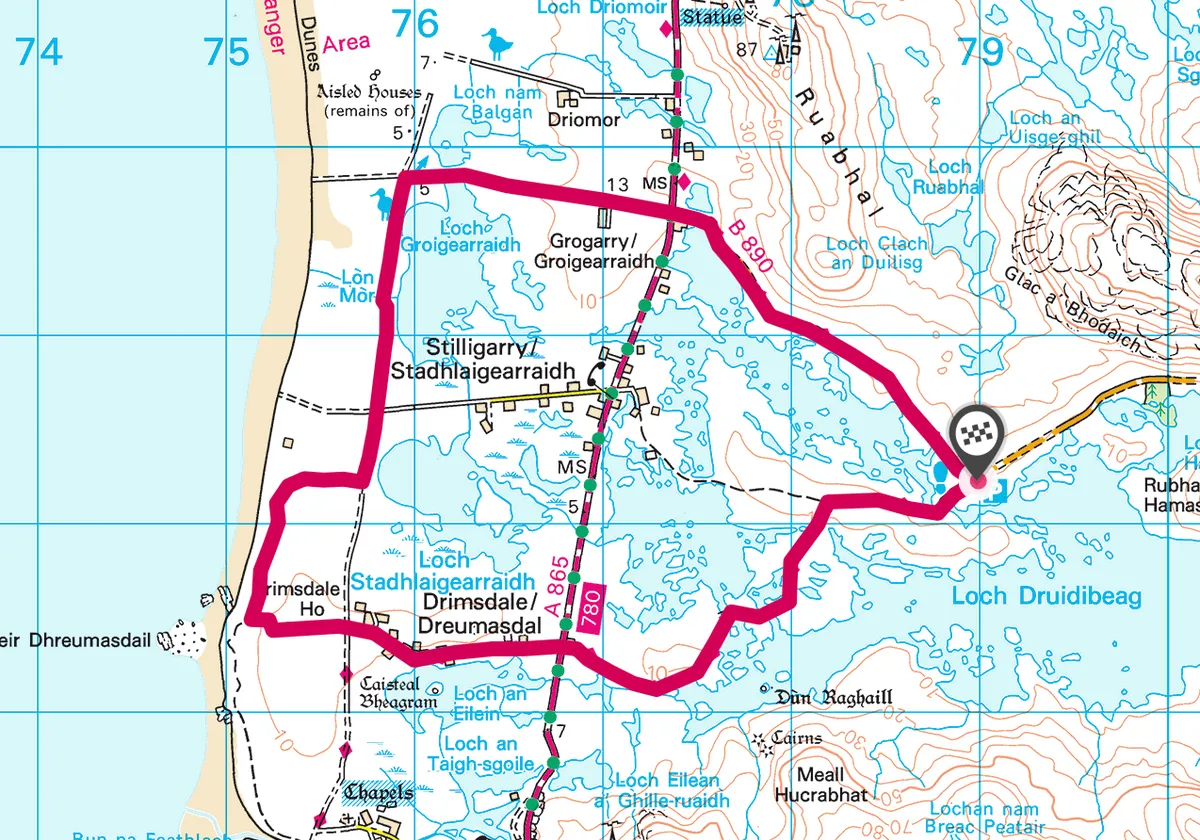Backing on to wild Atlantic beaches, the west coast of South Uist is a land of undulating flatness, where fields gently rise like the crests of waves, hiding the ocean until you are almost upon it.
As smooth and polished as a snooker table for much of the year, this landscape transforms into a riot of wildflowers as spring unfolds and blurs into summer. This is the land of the machair, the name given to the long strips of sea meadows and coastal grasslands so rich in flora that a square metre contains up to 45 species of wildflowers, from red and white clovers to vetches, eyebrights, harebells and frog orchids. To get the full visual impact, visit as late in spring as you are able to.

South Uist walk
6.9 miles/11.1km | 3 hours | moderate
1. Moor to shore
A good way to really appreciate South Uist’s machair is to take a 6.9-mile circular walk that begins on the adjacent moorland – from the lay-by on the B890 just over a mile east of the main A865.
The step-by-step transition between moor and machair is striking: the dark green of the loch shore, home to swans and golden plovers, gives way to the bright green of the machair where the sky in spring is full of lapwings and skylarks. Follow the signed Hebridean Way across Loch Druidibeg to the A865.
You may also like:
2. Shell dust
Cross and go straight ahead along the track towards Drimsdale House. Walk to the end of the paved lane and keep going along the track, with Drimsdale House and farm to your right. The machair is all around you.
Formed 3,000–4,000 years ago, machair is largely composed of tiny seashell fragments blown ashore on to the glacial soils. Even a light wind will lift some inland: it can resemble stardust in the sunlight, the grains seemingly emanating from an invisible wand. At the end of the lane, you’ll see a purple waymarker post. Keep on ahead here, headed for the shore.
3. Air of magic
At the coast, turn right (north), either along the sand or on the grassy banks above the beach. There’s often a haunting liquid light and a crystalline air here, created by the reflections of freshwater lochs, a shallow sea and an absence of light pollution. You can feel short-changed if you don’t see several bird species: the machair supports around a third of all the breeding dunlins and ringed plovers in Britain, as well as lapwings, redshanks and oystercatchers.
After about half a mile turn right (east) inland along the path to a meeting of paths. Turn left and walk north for about a mile with the Atlantic Ocean to your left and South Uist’s numerous lochs to your right.
4. Inland once more
When you reach the next lane, turn right. Walk down the track past Groigearraidh and across the A865 past Hopewell Cottage and along the B890 – it’s a very quiet road – for one and a half miles back to the small lay-by.
South Uist map
South Uist walking route and map


